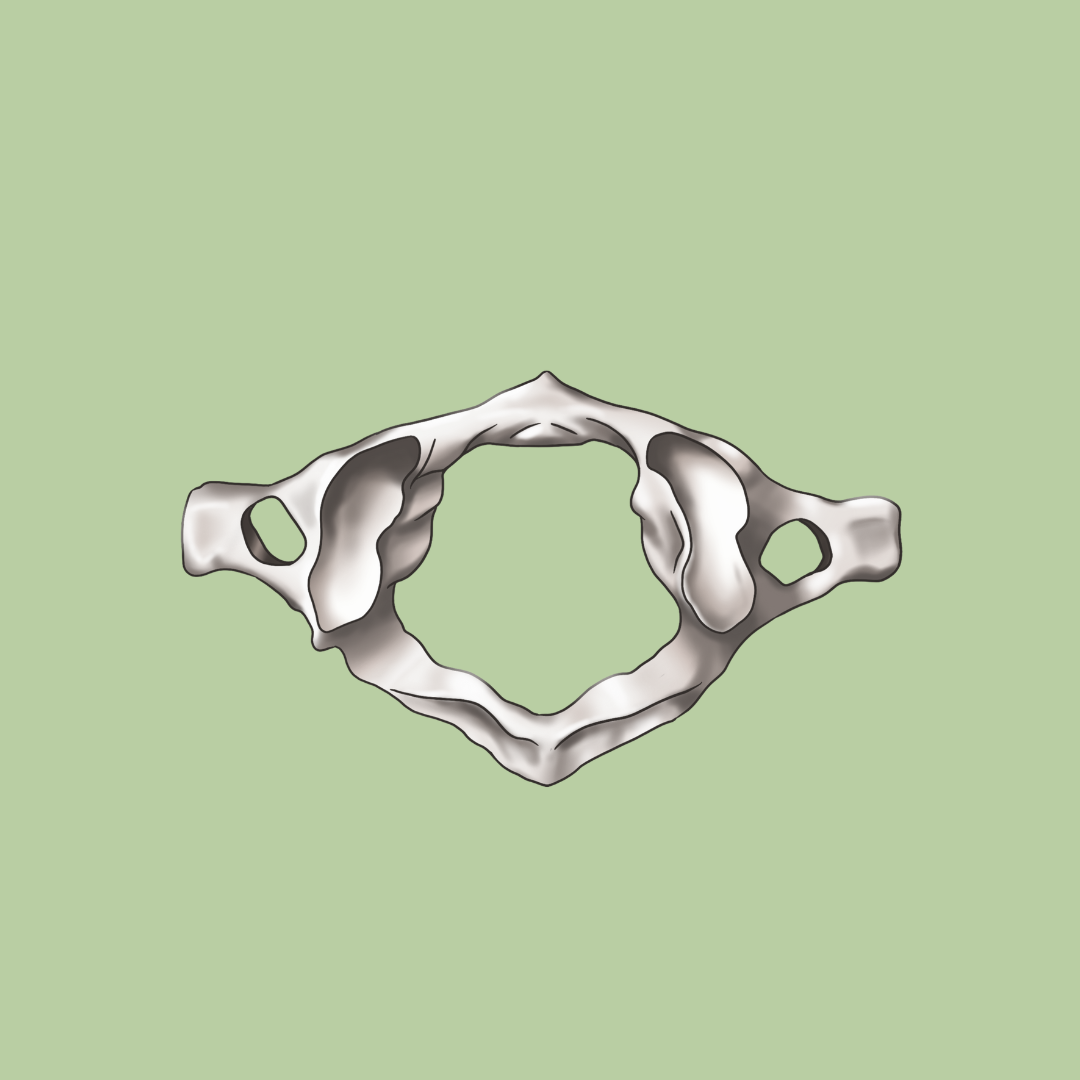UPPER CERVICAL SPINE PART 2: Brainstem - The Fusebox in Your Body
In Part 1, we looked at the bones that make up your Upper Cervical spine. In this blog, Part 2, we’re moving onto what they protect - your precious brainstem.
This is our favourite part of your central nervous system and where we focus most of our attention.
Here is a summary of what we’re going to cover in Part 2:
> How the brainstem is like the fusebox in your home
> What happens when switches are turned off in your body’s fusebox
> How we check your fusebox: advanced thermography scanning
Refresh: Part 1: Atlas and Axis - your nervous system gateway
Next: Part 3: A real life case study - Superman and the importance of your UC spine
Let’s start with a simple story.
Imagine that you go home tonight after dark. You enter your house and turn on the light as you enter the house, however it stays dark, no lights turn on.
What do you do?
Where is the first place you think to go and check?
The fusebox, right?
We know that in our homes the fusebox is the central control box and every switch in there needs to be turned on so that each area of our home is connected to the mains.
If a whole area of our home is not connected we know that usually the root of the problem lies with the fusebox so we check there first.
Typically when we do check it we find one or several switches are off, so we switch them back on. Once that’s done, we may also notice that a lightbulb has blown and needs replacing.
In our bodies, our brainstem is the fusebox. It is located at the very top of our neck, in whats called the upper cervical spine. It connects to and controls all parts of our body, co-ordinating decisions regarding everything that happens automatically inside our bodies; including healing, breathing, sleeping, digesting.
Now imagine that, in our simple story, instead of going to check the fusebox first, we just started trying to change all the lightbulbs in the dark. It wouldn’t make much sense, would it?
We know that we could change all the lightbulbs (and hopefully we’d change the right one) however it wouldn't make a difference if the mains switch in the fusebox was off.
This is what happens with our bodies so often.
Let’s say we have a low back problem. Often we put a lot of focus and energy into that area with great things like stretches, strengthening exercises and massage.
However, if the same problem continues, or keeps coming back, it’s suggesting we haven’t actually dealt with the root of the issue.
When this is going on its usually because we feel the discomfort in the back but it actually didnt originate there. The root of the problem is coming from somewhere else.
Its comparable to changing lightbulbs in the house but not actually checking the fusebox to make sure all the switches are on, including the switch which communicates with our low back region.
The body is able to heal itself, however, frequently there is a missing ‘connection’ from our brain and brainstem and therefore the normal healing process is altered.
Once all the switches are turned on in your fusebox, and the connection to your low back is restored, your body can return to what it naturally does; healing. This can often be the missing puzzle piece for many of our clients in their quest for optimal function and health in their bodies.
At KOEO we focus on checking that your fusebox has all the switches ‘turned on’ so that your body can coordinate healing in the normal way. We do this using advanced thermography scanning which allows us to see where there are disconnections in between the messages from your brain and brainstem to which specific areas of your body.
RELATED POSTS





